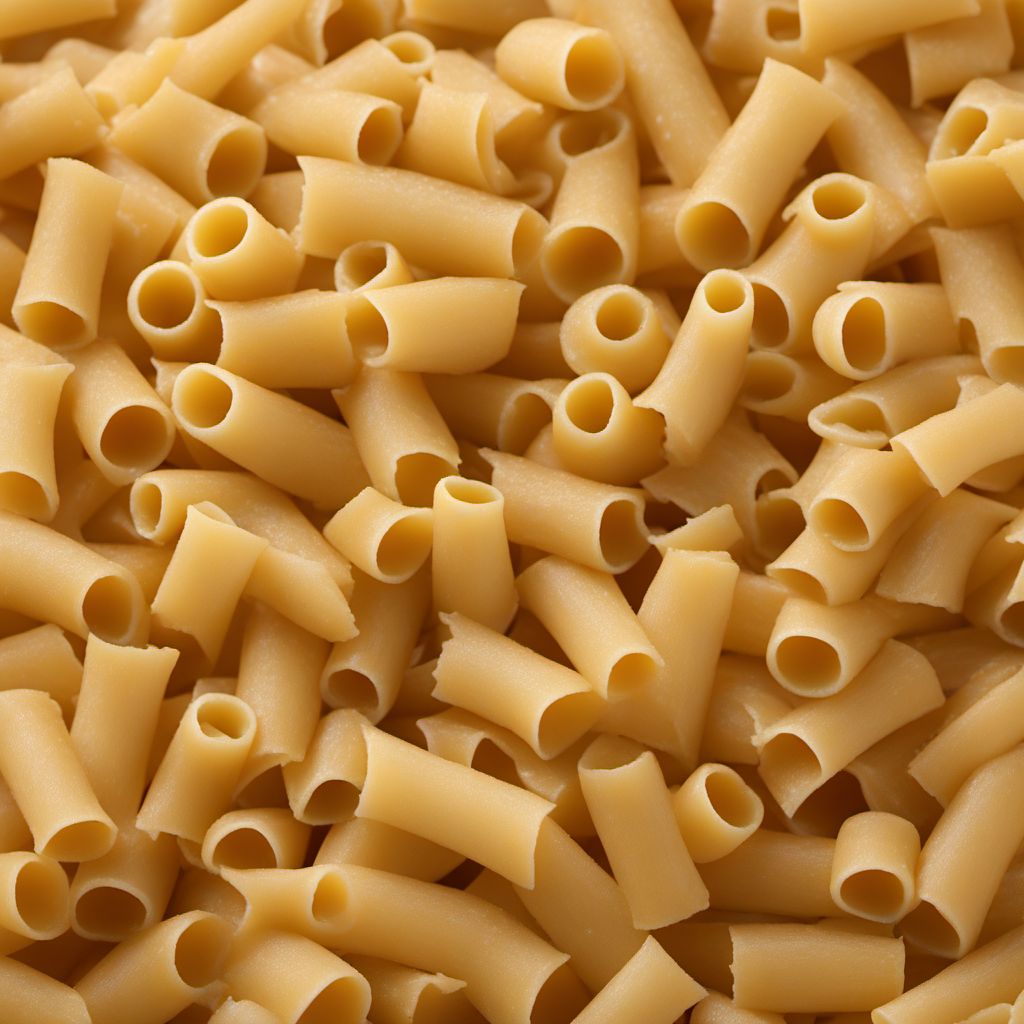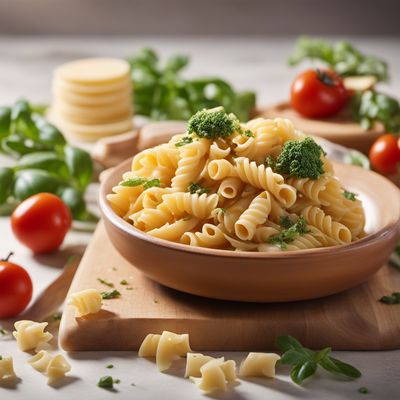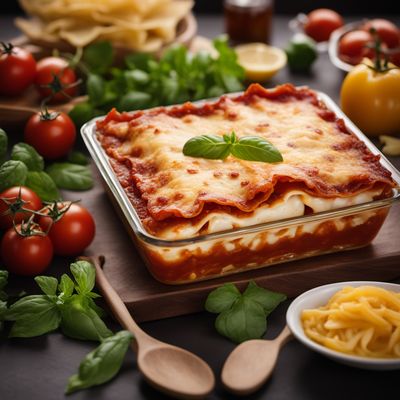
Ingredient
Pasta, plain (not stuffed), cooked
The Versatile Staple
Cooked plain pasta is made from durum wheat semolina and water, resulting in a tender yet slightly chewy texture. It has a neutral taste that pairs well with a variety of sauces, seasonings, and ingredients. The appearance of cooked pasta varies depending on the shape, ranging from long strands to short tubes or sheets.
Origins and history
Pasta has a long and storied history, with its origins dating back to ancient civilizations such as the Etruscans and Romans. It has since become a staple in Italian cuisine and has gained popularity worldwide. Pasta is celebrated for its versatility and ability to adapt to different culinary traditions and flavors.
Nutritional information
Cooked plain pasta is relatively low in calories and fat, making it a suitable choice for those seeking a lighter option. It is also a good source of carbohydrates, providing energy for the body.
Allergens
Plain cooked pasta does not contain any known allergens. However, individuals with gluten sensitivities or celiac disease should opt for gluten-free pasta alternatives.
How to select
When selecting cooked plain pasta, look for noodles that are al dente, meaning they have a slight firmness when bitten. Avoid overcooked or mushy pasta, as it may lack texture and become clumpy when incorporated into dishes.
Storage recommendations
To store cooked plain pasta, allow it to cool completely before transferring it to an airtight container or resealable bag. Refrigerate for up to 3-5 days or freeze for longer-term storage. To prevent the pasta from sticking together, toss it with a small amount of olive oil or sauce before storing.
How to produce
Producing cooked plain pasta at home requires boiling dried pasta in salted water until it reaches the desired tenderness. Follow the instructions on the package for specific cooking times and ratios of pasta to water. Homemade pasta can also be made from scratch using flour, eggs, and water.
Preparation tips
Cooked plain pasta can be used in a multitude of dishes, including pasta salads, casseroles, soups, stir-fries, and baked pasta dishes like lasagna or macaroni and cheese. It can also be served as a side dish or as a base for various sauces and toppings.
Substitutions
Cooked plain pasta can be substituted with alternative grains or legume-based pasta for those with dietary restrictions or preferences. Examples include whole wheat pasta, gluten-free pasta, quinoa pasta, or chickpea pasta. Each alternative may have a slightly different texture and flavor profile.
Culinary uses
Plain cooked pasta is a versatile ingredient that is widely used in Italian cuisine and beyond. It is commonly featured in dishes such as spaghetti Bolognese, fettuccine Alfredo, pasta primavera, carbonara, and pasta salads.
Availability
Plain cooked pasta is readily available in grocery stores and supermarkets worldwide. It is a staple in many households and is easily accessible in both dried and fresh forms.
More ingredients from this category

Pasta, cooked, with mushroom sauce
The Savory Delight: Pasta with Mushroom Sauce

Pasta, cooked, with mixed sauce
The Classic Comfort: Pasta with Mixed Sauce

Pasta, cooked, with vegetables and cheese/cream
Creamy Delight with Pasta and Veggies

Pasta, cooked, with cheese/cream
Indulgent Creamy Pasta Delight

Pasta, cooked, with vegetables
A Wholesome Delight: Pasta Infused with Vibrant Vegetables

Lasagna
The Layered Italian Delight